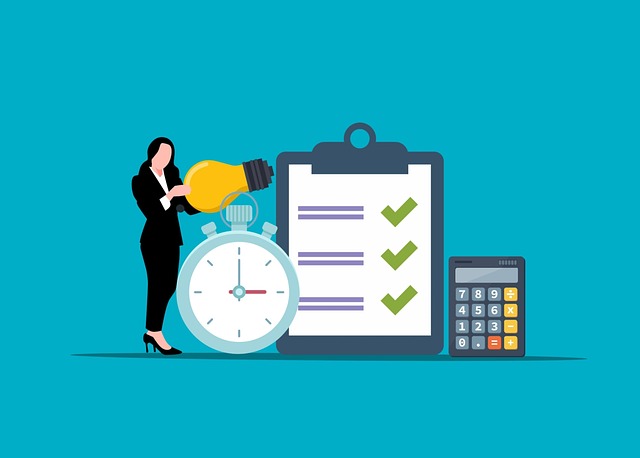Burnout, driven by prolonged stress, negatively impacts professional and personal life, causing decreased productivity, absenteeism, and health issues. Effective stress management through techniques like regular exercise, mindfulness, clear work-life boundaries, and robust social networks is crucial for preventing burnout and maintaining a healthy work-life balance. Setting clear boundaries, prioritizing 'me' time, and managing time effectively are strategic approaches to stress reduction and burnout prevention.
In today’s fast-paced world, balancing work and personal life is more crucial than ever to prevent burnout. This comprehensive guide explores effective strategies for managing stress, setting boundaries, and cultivating a healthy work-life balance. Understanding the causes of burnout is the first step towards making positive changes. Discover practical tips for managing your time, prioritizing self-care, and creating sustainable routines that enhance overall well-being while optimizing stress management techniques.
Understanding Burnout and Its Causes
Burnout is a state of emotional, physical, and mental exhaustion resulting from prolonged or excessive stress. It’s not simply feeling tired; it’s a deeper sense of depletion that affects one’s ability to perform in both work and personal life. Causes are varied, but often stem from unrealistic workloads, poor time management, lack of social support, and an unhealthy work-life balance. Unaddressed, burnout can lead to decreased productivity, increased absenteeism, and even health problems.
Effective stress management is crucial in preventing burnout. This involves recognizing personal triggers and implementing coping mechanisms like regular exercise, mindfulness practices, setting clear boundaries between work and personal time, and cultivating a robust support network. Prioritizing self-care and ensuring adequate rest are essential components of maintaining a healthy balance.
Strategies for Effective Stress Management
Stress management is a crucial aspect of maintaining a healthy work-life balance and preventing burnout. It involves adopting various strategies to reduce and effectively handle stress levels. One key approach is prioritizing self-care, which includes engaging in regular physical activity, practicing mindfulness or meditation techniques, and ensuring adequate sleep. These activities help lower stress hormones and promote mental clarity.
Additionally, setting clear boundaries between work and personal time is essential. This can be achieved by scheduling dedicated work hours and sticking to them, turning off notifications during non-work periods, and delegating tasks when possible. Effective communication with colleagues and supervisors about these boundaries is also vital to ensure a supportive work environment.
Setting Boundaries: Prioritizing Personal Time
Setting clear boundaries is a powerful tool in managing stress and maintaining a healthy work-life balance. It involves recognizing and honoring your personal time, away from professional commitments. By prioritizing this ‘me’ time, individuals can recharge their batteries, fostering a sense of resilience against burnout.
This could mean establishing specific hours for work, setting aside evenings or weekends exclusively for personal pursuits, hobbies, or spending quality time with family and friends. It’s about taking control of your schedule, ensuring that your personal life isn’t entirely defined by work demands. Effective boundary-setting promotes a mindful approach to time, encouraging individuals to live in the moment, appreciate leisure activities, and ultimately reduce stress levels.
Cultivating a Healthy Work-Life Balance
Cultivating a healthy work-life balance is paramount in preventing burnout. It involves intentionally setting boundaries between professional and personal pursuits, ensuring each domain receives adequate time and attention. This means establishing fixed work hours, prioritizing tasks to avoid overloading, and learning to delegate or outsource when possible. Effective time management techniques, such as creating to-do lists, prioritizing urgent tasks, and scheduling breaks, play a crucial role in achieving this balance.
Moreover, stress management is integral to maintaining a healthy work-life balance. Recognizing personal stress triggers and implementing coping mechanisms can significantly reduce workload-related anxiety. This includes practices like mindfulness, regular exercise, adequate sleep, and engaging in hobbies or activities that bring joy outside of work. By integrating these strategies into daily routines, individuals can foster a more sustainable and fulfilling lifestyle, thereby mitigating the risk of burnout.
Maintaining a healthy work-life balance is key to preventing burnout. By understanding the causes, implementing effective stress management strategies, setting clear boundaries, and prioritizing personal time, individuals can create a sustainable routine that fosters both professional success and overall well-being. Remember, effective stress management is not just a luxury—it’s a necessity for a fulfilling and productive life.
